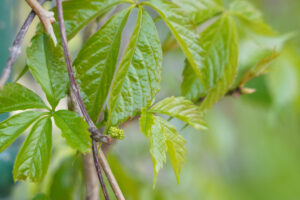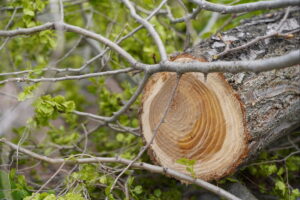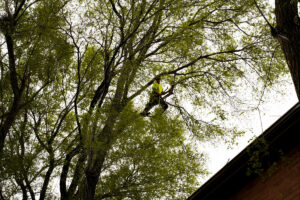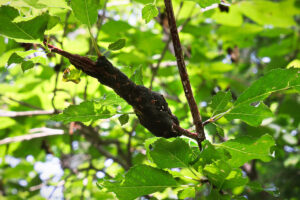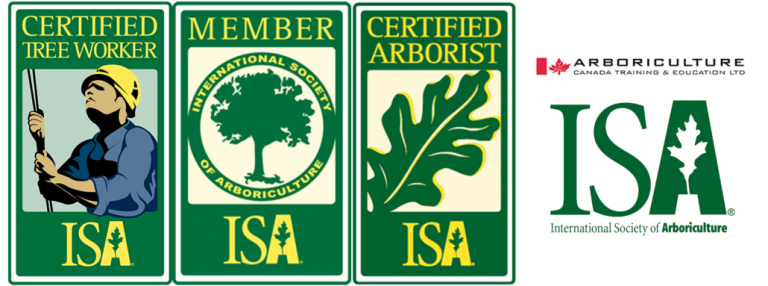Estate Tree Care Pros Suggest Planting Species of Flowering Dogwoods Now
Are you dreaming of having a colorful, fragrant landscape greet visitors this spring? If that’s your fondest wish, better make estate tree care part of the picture. Estate tree care often includes the initial planting and maintenance of flowering dogwood trees. Flowering dogwood trees, if cared for properly, do very well in communities across Canada.
There are several species of flowering dogwoods that estate tree care professionals tend to recommend and all of them are part of the Cornaceae Family. All family members typically produce deciduous, broadleaf foliage and flowers. Both usually spread out far enough to cover roughly 15 feet or more of space. Thus, they may be planted along the borders of estate properties or in groupings near other flowering trees or shrubs.
Fall is Best
Certified arborists often look for partially shaded areas with acidic to neutral soil that boast high amounts of loam, sand or clay. They are spots that tend to work exceptionally well for flowering dogwood trees. Furthermore, fledglings should ideally be planted in the ground now that fall is here. If the trees are not put into the ground before the end of autumn, the majority of estate tree care companies prefer to keep them in greenhouses until spring.
Well watered and mulched transplants will typically produce flowers their first spring. However, there may be a few species of transplanted, flowering dogwoods that won’t truly put on a fabulous show until the following year. Certified arborists who care for flowering dogwoods can generally advise estate owners which trees are likely to be late bloomers.
In addition, they may point out species of flowering dogwoods whose foliage and blossoms will compliment a property the most. For example, there are some species that feature red-orange leaves for part of the year and white blossoms the other. To learn more about them and other dogwood trees, you can follow along on Facebook and Instagram, or you can contact us here if you have any questions.

